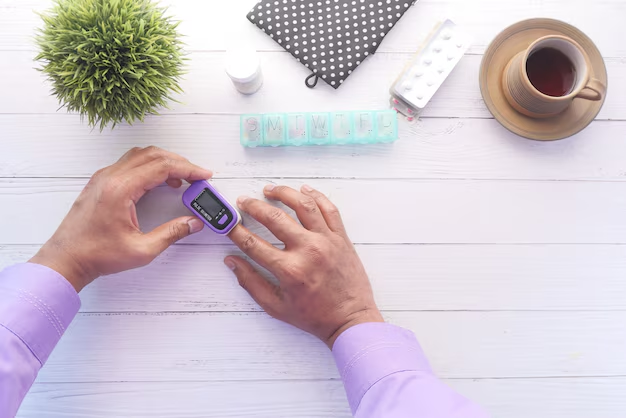Understanding Diabetic Blood Sugar Levels: What You Need to Know
If you've just been diagnosed with diabetes or are simply looking to understand more about it, a fundamental question arises: What blood sugar level is considered diabetic? Knowing this lets you monitor your health and take necessary actions to manage your condition or even prevent complications.
Recognizing Diabetes Through Blood Sugar Levels
Diabetes is diagnosed based on specific criteria related to blood sugar levels. Blood sugar, or glucose, is the primary energy source for the body's cells, derived from the food we eat. It's vital to know that blood sugar levels can indicate diabetes if they fall outside the healthy range. Here’s a breakdown of the standard diagnostic measures:
- Fasting Blood Sugar Test: This test measures blood sugar levels after an overnight fast. A level between 70 to 99 mg/dL is considered normal, 100 to 125 mg/dL suggests prediabetes, and 126 mg/dL or higher indicates diabetes.
- Oral Glucose Tolerance Test (OGTT): After a sugary drink, blood sugar is measured two hours later. A result under 140 mg/dL is normal, 140 to 199 mg/dL indicates prediabetes, and 200 mg/dL or higher confirms diabetes.
- A1C Test: This blood test provides average blood sugar levels over the past two to three months. An A1C below 5.7% is normal, 5.7% to 6.4% indicates prediabetes, and 6.5% or higher confirms diabetes.
Being informed about these numbers not only aids in managing a potential or existing diagnosis but also helps in taking preventive steps before reaching critical levels.
Managing Diabetes: Beyond Blood Sugar Levels
Diabetes management extends beyond simply knowing your blood sugar levels. Effective management involves lifestyle adjustments, regular monitoring, and sometimes medication. While this can be overwhelming both financially and emotionally, there are resources and programs that can assist.
Helpful Financial and Educational Resources for Diabetes Management
Navigating the financial strain of managing diabetes shouldn’t be a solo journey. There are various programs available that provide financial aid and resources that can ease the burden:
- Medicare and Medicaid: These government programs offer coverage for diabetic supplies and education.
- Food Assistance Programs: Programs like SNAP ensure access to a balanced diet vital for diabetes management.
- Health Insurance Subsidies: Options under the Affordable Care Act might be available for those without employer insurance, supporting diabetes management.
- Financial Aid for Education: If diabetes leads to significant lifestyle changes, educational grants or scholarships might be available for retraining or skill development.
- Debt Relief and Credit Solutions: Specialized services offer structured plans to manage debt, which can help in allocating funds efficiently for healthcare needs.
Engaging with these programs not only alleviates the financial burden but also allows focus on what’s most important — living a healthy life. Addressing diabetes with the right strategy involves leveraging these resources effectively, ensuring that all aspects, from medical care to economic stability, are covered.
Here’s a handy reference list for quick access to potential assistance:
- 📊 Health Insurance Subsidies: Explore options for covering medical expenses.
- 🏥 Medicare/Medicaid: Check eligibility for diabetic supplies and education.
- 🛒 SNAP Benefits: Access to nutritionally balanced food.
- 🎓 Educational Grants: Opportunities for new career paths or skills.
- 💳 Debt Relief Solutions: Structured plans to assist with debt management.
Stay informed, stay empowered, and remember that resources are available to guide you through managing diabetes effectively!
